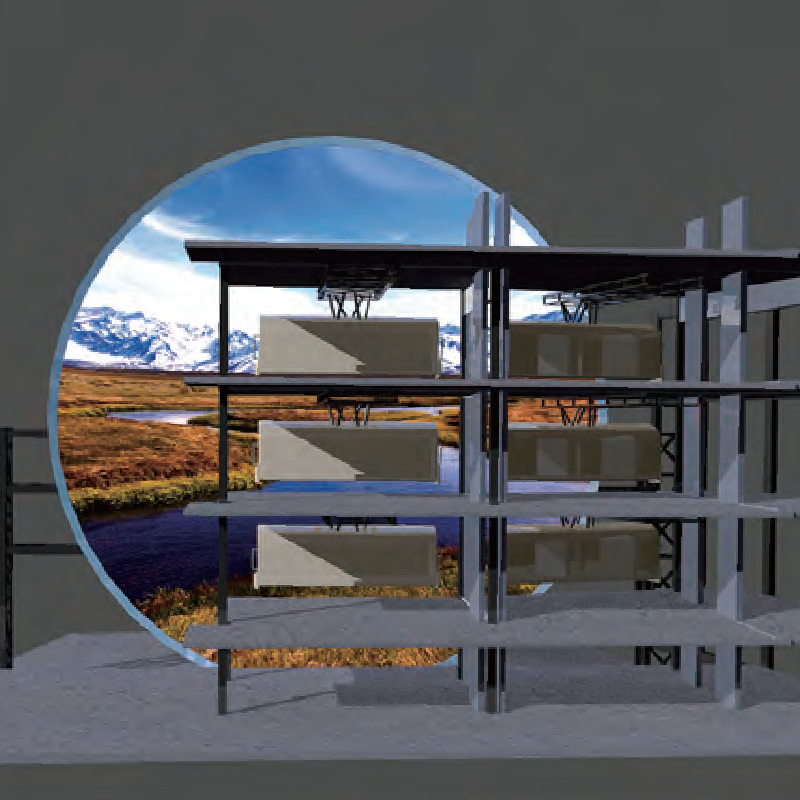- Albanian
- Arabic
- Belarusian
- Bengali
- Czech
- English
- French
- German
- Hebrew
- Hungarian
- Indonesian
- irish
- Italian
- Japanese
- kazakh
- Persian
- Russian
- Thai
- Uzbek
- Vietnamese
rollercoaster design
The Art and Science of Roller Coaster Design
Roller coasters are a staple of amusement parks worldwide, drawing thrill-seekers with their promise of adrenaline-pumping excitement and breathtaking views. The design of these attractions involves a complex interplay of engineering principles, artistic vision, and safety considerations, making roller coaster design an intriguing blend of art and science.
The Basics of Roller Coaster Design
At its core, roller coaster design begins with an understanding of physics, particularly the principles of gravity, momentum, and energy transfer. Engineers must carefully calculate the height of drops, the steepness of inclines, and the speed of turns to create a thrilling yet safe experience. The first step typically involves creating a detailed blueprint that outlines the coaster's track layout, incorporating features like loops, corkscrews, and airtime hills.
One of the key factors in roller coaster design is the concept of G-forces, which refers to the forces of acceleration and deceleration that riders experience. Designers aim to create a ride that maximizes thrill while keeping G-forces within safe limits. For instance, too high a G-force during a sudden drop can lead to discomfort or even injury, while too low a G-force may result in a lackluster experience.
Safety First
Safety is paramount in roller coaster design. Every aspect of a coaster's construction is heavily regulated, requiring adherence to strict safety standards. Engineers often conduct extensive simulations and stress tests to ensure that the coaster can withstand the forces it will encounter during operation.
Materials play a crucial role in this aspect. Generally, steel and wood are the primary materials used. Steel coasters often allow for more complex designs, with smoother transitions and tighter turns, whereas wooden coasters provide a classic thrill with a unique feel. Each material necessitates different construction techniques and maintenance protocols, impacting the overall design process.
rollercoaster design

The Artistic Element
While engineering principles are integral to roller coaster design, the artistic aspect cannot be overlooked. A well-designed roller coaster must not only perform effectively but also captivate its audience visually. Theme and aesthetics are significant considerations; many coasters are designed with a specific theme in mind, integrating color schemes, landscaping, and even storytelling elements.
For instance, a coaster themed around a haunted house might feature dark, ominous colors, eerie sound effects, and surprises around every corner. Theming enhances the overall experience, transforming a simple ride into an immersive adventure.
Innovation and Technology
As technology evolves, so too does roller coaster design. Modern roller coasters often utilize cutting-edge technology to enhance the experience. This includes elements like virtual reality (VR) headsets, which can transport riders to fantastical worlds while they navigate the track. Furthermore, advancements in materials science have led to lighter, more durable components, enabling even more intricate designs.
Designers are also exploring new ride mechanisms, such as launch coasters that use linear synchronous motors (LSMs) for a rapid start instead of the traditional lift hill. This innovation not only increases speed but also allows for more flexibility in coaster design.
Conclusion
In conclusion, the design of roller coasters is a fascinating intersection of engineering and artistry. The meticulous planning involved ensures that each ride delivers a thrilling yet safe experience. With continued advancements in technology and materials, the future of roller coaster design promises even more exhilarating experiences for thrill-seekers. As we look ahead, one can only imagine the heights—both literally and figuratively—that roller coasters will reach in the years to come. The world of amusement parks is evolving, and roller coasters will undoubtedly remain at the forefront of entertainment innovation.
-
Flume Ride-Hebei Zhipao Amusement Equipment Manufacturing Co., Ltd.|Thrilling Water Attraction&NIST Safety StandardsAug.01,2025
-
Double Ferris Wheel Sale | Premium Custom RidesJul.31,2025
-
Flume Ride-Hebei Zhipao|Water-Based Attraction, Safety Standards, High-Speed DescentJul.31,2025
-
Flume Ride: Thrilling Water-Based Adventure & Advanced Engineering - Hebei ZhipaoJul.31,2025
-
Flume Ride-Hebei Zhipao Amusement Equipment Manufacturing Co., Ltd.|Thrilling Water Attraction&Customizable DesignJul.30,2025
-
Flume Ride - Hebei Zhipao Amusement Equipment | Water Coaster, Thrilling DescentJul.30,2025
